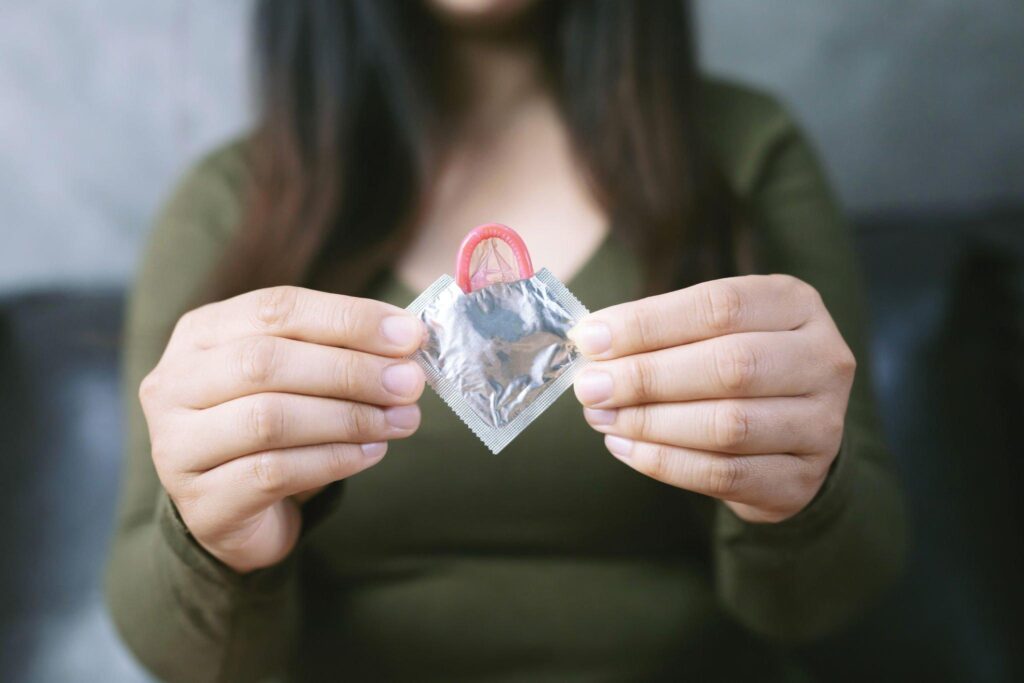Can You Flush Condoms Down the Toilet? The Truth and Environmental Impact Explained
Introduction: The Importance of Proper Disposal for Condoms
Proper disposal of condoms is a topic that often goes overlooked, yet it holds significant importance in terms of both personal hygiene and environmental impact. Many individuals may not realize the potential consequences of improper condom disposal, such as flushing them down the toilet or throwing them in regular trash bins. In this section, we will explore the reasons why it is crucial to dispose of condoms correctly and discuss the potential environmental harm caused by improper disposal practices. By understanding the significance of proper condom disposal, we can contribute to a healthier environment and promote responsible behavior when it comes to sexual health.
The Risks and Problems Associated with Flushing Condoms
Flushing condoms down the toilet may seem like a convenient way to dispose of them, but it poses several risks and problems that can have serious consequences. One of the most immediate issues is the potential for toilet clogging. Condoms are not designed to break down easily in water and can easily cause blockages in pipes and plumbing systems.
Beyond the inconvenience of clogged toilets, flushing condoms can also lead to larger sewage system issues. When flushed, condoms can accumulate in sewer lines, causing backups and overflows. This can result in costly repairs and maintenance for municipal sewage systems.
In addition to causing problems within sewage systems, flushed condoms can also cause damage to septic tanks. These tanks rely on a delicate balance of bacteria to break down waste properly. The presence of non-biodegradable items like condoms disrupts this balance and can lead to septic tank failure.
Another significant concern associated with flushing condoms is water pollution. Condoms are made from materials that do not readily break down in water, leading to long-lasting pollution effects on aquatic ecosystems. This pollution can harm marine life and disrupt the natural balance of water ecosystems.
To avoid these risks and problems, it is crucial to dispose of condoms properly by wrapping them securely in tissue or a plastic bag before placing them in the trash bin. This ensures that they will be sent to landfill facilities where they belong rather than being flushed into our sewage systems or bodies of water.
By understanding the potential risks associated with flushing condoms, individuals can make more responsible choices when it comes to their disposal methods, ultimately helping protect both plumbing infrastructure and the environment as a whole.
The Correct Way to Dispose of Condoms
Safely disposing of condoms is an important aspect of sexual health and responsible waste management. Improper disposal can cause environmental pollution and potential health risks. In this section, we will discuss the correct methods for disposing of condoms to ensure both personal safety and environmental sustainability.
One of the most effective ways to dispose of condoms is by wrapping them in tissue or toilet paper before throwing them away. This helps prevent any bodily fluids from coming into contact with others or causing contamination. It is crucial to avoid flushing condoms down the toilet, as they can cause blockages in plumbing systems and harm aquatic life.
Designated bins or trash cans specifically meant for condom disposal are available in some public restrooms, clinics, or sexual health centers. These bins are lined with biohazard bags that securely contain the used condoms until they can be properly disposed of by trained professionals.
It’s important to note that condom disposal methods may vary depending on local regulations and facilities available. Some areas provide specific instructions on how to dispose of condoms safely, while others may require individuals to package them in sealed bags before discarding them in regular trash cans.
By following these proper condom disposal practices, we not only prioritize our own safety but also contribute towards maintaining a clean and healthy environment for everyone.
Alternative Options for Environmentally-Friendly Condom Disposal
As the importance of environmental sustainability continues to grow, individuals and organizations are seeking alternative options for environmentally-friendly condom disposal. Traditional condoms, made from synthetic materials, can take years to decompose and contribute to waste accumulation. However, there are now biodegradable condom options available that offer a more eco-friendly solution.
Biodegradable condoms are typically made from natural latex or other biodegradable materials that break down more quickly in the environment. These condoms are designed to decompose naturally without leaving behind harmful residues or contributing to pollution.
In addition to using biodegradable condoms, recycling programs for condoms and their packaging materials have also emerged as an eco-conscious option. These programs aim to collect used condoms and recycle them into new products, reducing waste and minimizing the environmental impact.
Furthermore, various eco-friendly condom disposal methods have been developed. Some organizations promote composting as a sustainable way to dispose of used condoms by breaking them down into organic matter suitable for soil enrichment. Others encourage individuals to participate in proper recycling programs or seek out specialized drop-off locations for safe disposal.
By exploring these alternative options for environmentally-friendly condom disposal, we can contribute towards a more sustainable future while still prioritizing sexual health and protection.
Educating Others: Spreading Awareness on Proper Condom Disposal Practices
Promoting safe condom disposal habits and raising awareness about the environmental impact of flushing condoms down the toilet are crucial steps in ensuring a sustainable and healthy environment.
Proper condom disposal practices are often overlooked, leading to detrimental consequences for both the environment and public health. Many individuals are unaware that flushing condoms down the toilet can result in clogged pipes, sewage backups, and damage to wastewater treatment systems. Moreover, these flushed condoms can end up in rivers, lakes, and oceans, posing a significant threat to marine life.
To spread awareness on this issue, it is essential to educate others about the proper ways of disposing of condoms. One effective approach is through educational campaigns that highlight the environmental impact of improper disposal methods. These campaigns can be conducted through various channels such as social media platforms, educational institutions, healthcare facilities, and community organizations.
By emphasizing the importance of using designated condom disposal bins or wrapping them securely before throwing them in regular trash bins, individuals can contribute to minimizing environmental pollution and protecting our water systems.
Additionally, collaborations between government agencies, non-profit organizations, and condom manufacturers can play a vital role in promoting safe condom disposal practices. These partnerships can lead to informative initiatives that provide clear guidelines on proper disposal methods while addressing any misconceptions or myths surrounding this topic.
Ultimately, by spreading awareness on proper condom disposal practices and highlighting their environmental impact when not disposed of correctly, we can empower individuals to make more responsible choices while safeguarding our ecosystems for future generations.
Conclusion: Protecting the Environment by Choosing Responsible Condom Disposal Methods
In conclusion, choosing responsible condom disposal methods is crucial for protecting the environment and minimizing our ecological footprint. By opting for eco-friendly condom disposal options, we can significantly reduce the negative impact on our planet.
Improper condom disposal, such as flushing them down the toilet or throwing them in regular trash bins, can have severe consequences. Condoms are not biodegradable and can clog sewage systems, leading to costly repairs and environmental pollution.
To address this issue, it is essential to choose biodegradable condoms that are designed to break down naturally over time. These condoms are made from materials that decompose without leaving harmful residues behind.
Additionally, adopting responsible condom disposal practices such as wrapping used condoms in tissue or using dedicated disposal bags can help contain any potential contamination and ensure proper waste management.
By making conscious choices about how we dispose of condoms, we can contribute to a healthier environment. Let’s prioritize eco-friendly options and take responsibility for protecting our planet for future generations.

